Proven waterproofing solutions that keep your basement dry and your foundation protected.
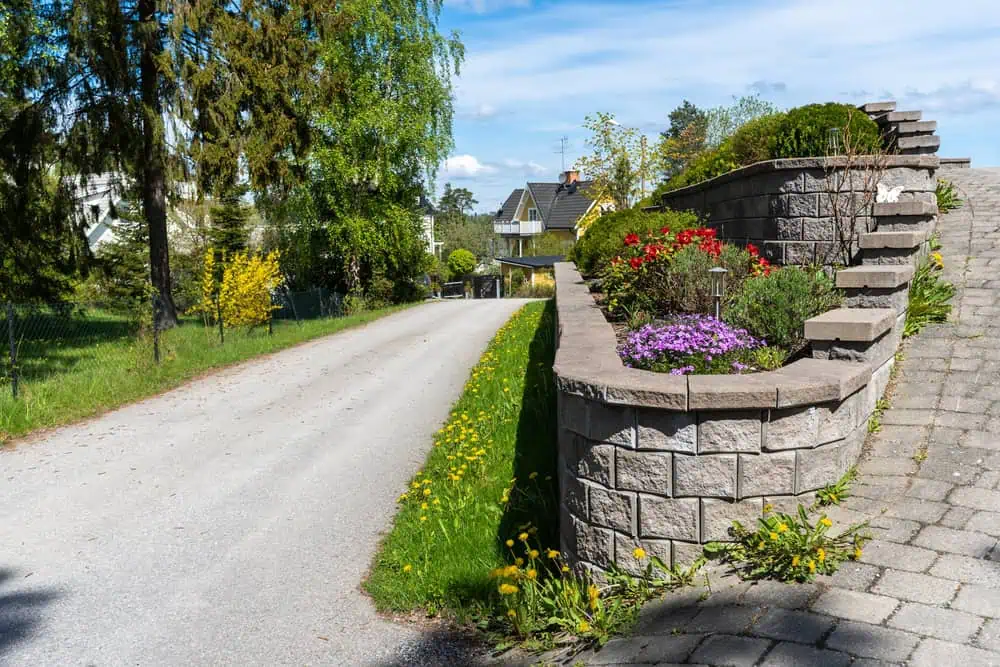
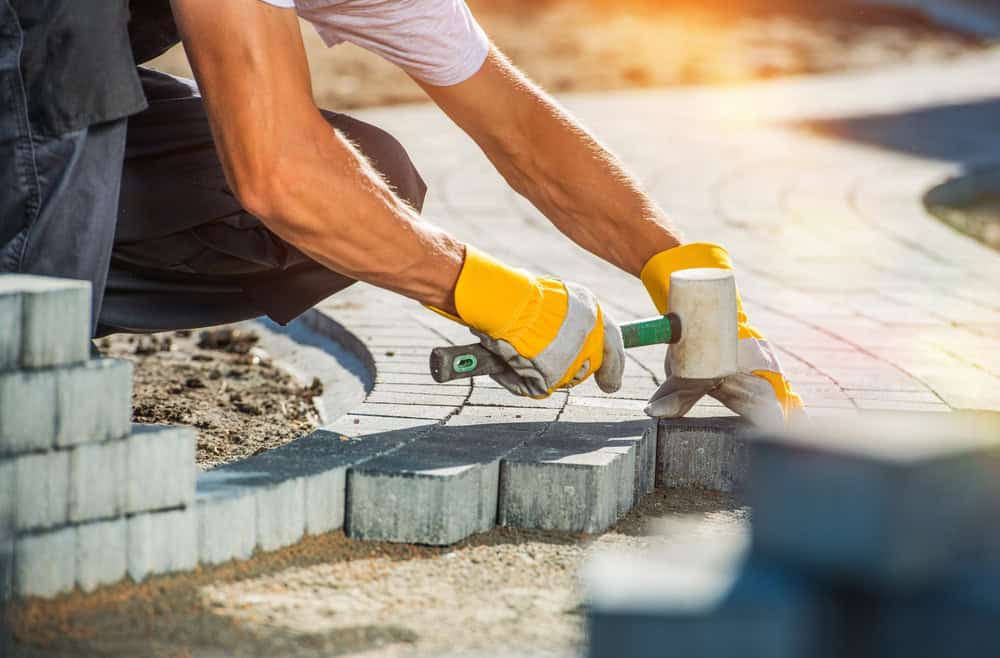
You get your basement back. No more rushing downstairs during storms to check for water. No more musty smell creeping through your house. No more wondering if your stored belongings are getting ruined.
A properly waterproofed basement means you can actually use that space. Store holiday decorations without worrying about water damage. Set up a workshop or exercise area. You can even convert it into a livable space if you want.
Your home’s air quality improves too. When moisture stays out, mold can’t grow. That means cleaner air upstairs and fewer health concerns for your family. Plus, you’re protecting your biggest investment—water damage to foundations gets expensive fast.
Academy Masonry has been handling foundation and basement issues in Billerica for years. We understand how New England weather hits older homes, and we know what works in our soil conditions.
As masons, we see the foundation side of waterproofing that others miss. We’re not just applying sealers—we’re addressing the structural reasons water gets in. That means longer-lasting solutions and fewer callbacks.
We’ve waterproofed basements throughout Billerica, from the newer developments near Route 3 to the older homes downtown. Each job teaches us something, and that experience goes into every project we take on.
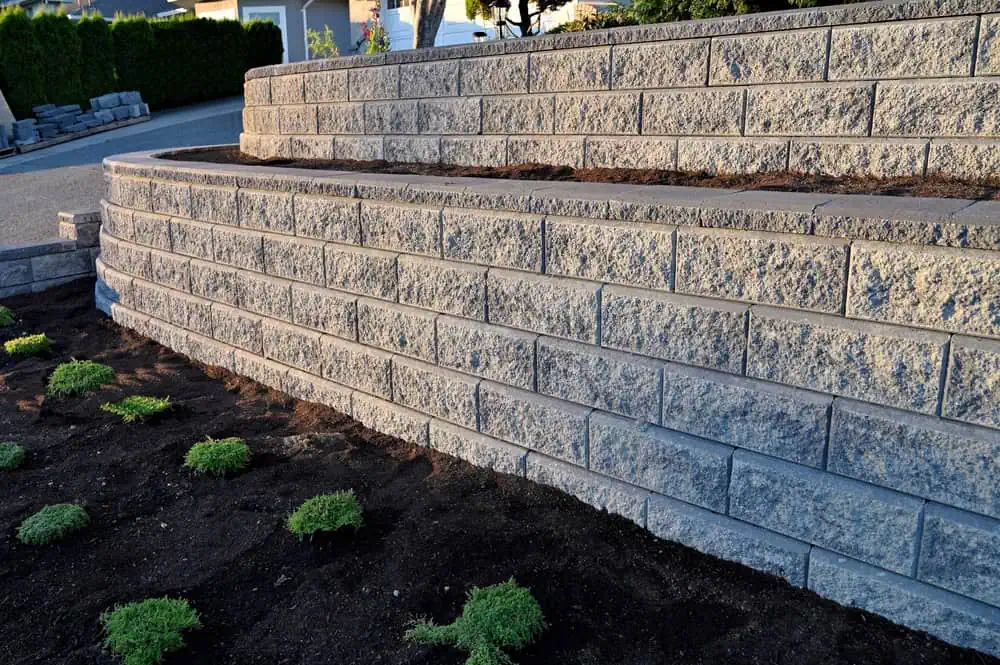
First, we figure out where water is coming from. It’s obvious—like a crack in the foundation wall. Other times it’s more subtle, like hydrostatic pressure pushing moisture through concrete. We look at your specific situation before recommending anything.
Next, we address the source. That might mean sealing cracks, applying interior or exterior waterproof coatings, or installing drainage systems. For serious flooding issues, we’ll recommend sump pump installation to handle water that does get in.
The goal is creating multiple barriers against water intrusion. We don’t rely on just one method because basements face different types of moisture pressure. Interior sealing, exterior foundation work, and proper drainage all work together to keep your basement dry.
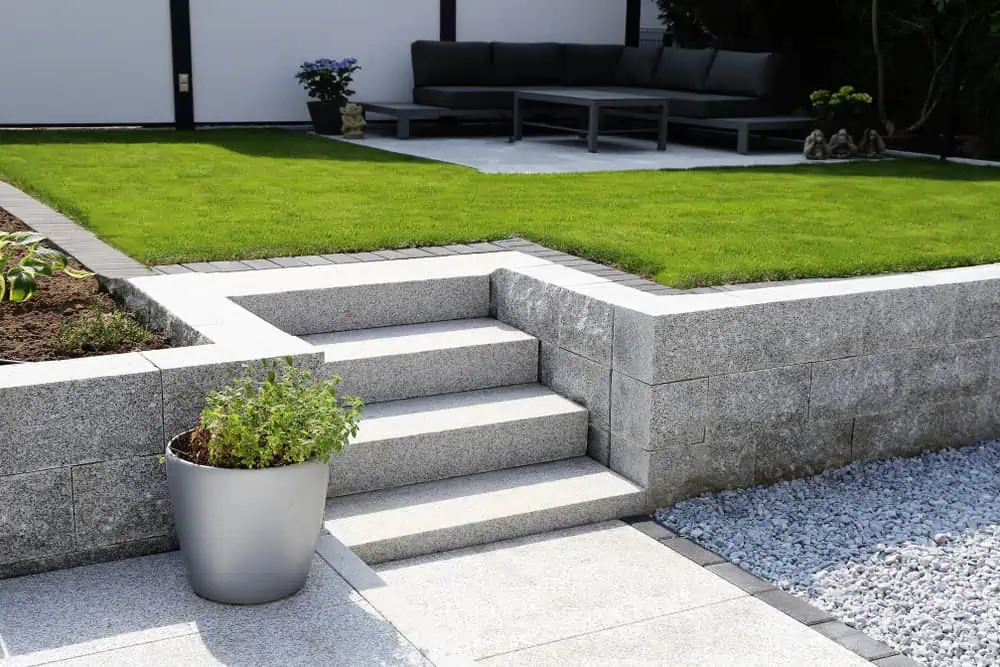
Ready to get started?
We handle both interior and exterior basement waterproofing, depending on what your situation needs. Interior work includes crack sealing, waterproof coatings, and drainage systems. Exterior waterproofing means excavating around foundations to apply protective barriers where water hits first.
For homes that flood regularly, we install sump pumps and drainage systems that automatically handle water before it becomes a problem. We also address foundation issues that let water in, like repointing mortar joints or repairing damaged concrete.
Every job includes a thorough assessment of your basement’s specific challenges. Billerica’s clay soil and seasonal water table changes create notable conditions that require local knowledge. We factor in your home’s age, foundation type, and drainage patterns to recommend the right combination of solutions.
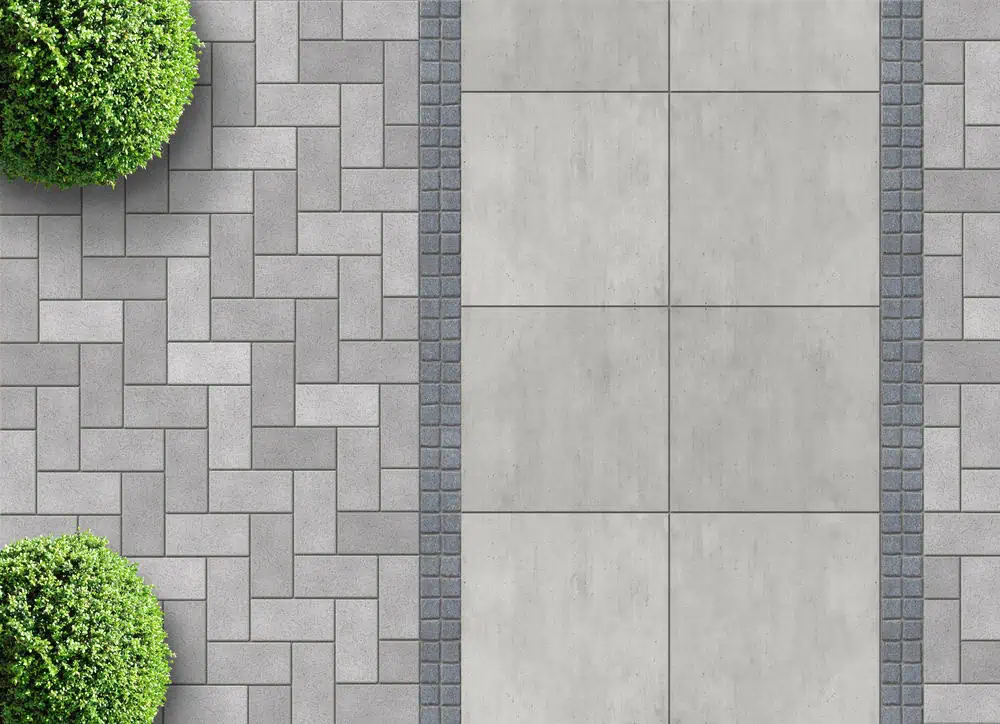
Local Resources